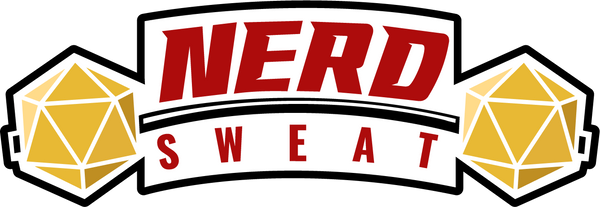
Villains We Love to Hate: How to Create Morally Complex Antagonists in D&D
Why Great D&D Villains Aren’t Just Evil
Let’s be honest — a mustache-twirling villain cackling from a dark tower isn’t enough anymore. Today’s D&D players want more than evil for evil’s sake. They want depth, motivation, and the chance to argue whether slaying the Big Bad is really the “right” thing to do.
The truth is, the most memorable villains are the ones your players almost agree with — or feel guilty about defeating.
The Villain Is the Hero of Their Own Story
The key to building a compelling villain? Start by imagining them as a hero.
They have goals, values, and internal logic. Their methods may be twisted, but they believe they're doing what must be done.
🧠 Example:
- Delilah Briarwood from Critical Role is driven by love and grief. Her actions are horrifying, yes — but they stem from a tragic, human place.
- Thanos, in the MCU, believes he’s saving the universe through balance, not destruction.
Your villain doesn't need to be likable. But if your players can understand them, they’ll remember them.
Layer Their Motivation: The Three-Part Formula
Use this formula to create layered villain motivation:
-
Core Belief – What do they believe is absolutely true?
“Power is the only way to bring peace.” -
Personal Wound – What past event shaped this belief?
Their village was destroyed by inaction during a political stalemate. -
Flawed Method – How do they act on this belief, in a way that makes them the villain?
They conquer cities and install puppet governments “for stability.”
🎲 This approach creates empathy without excusing behavior — and opens up the chance for redemption arcs or moral dilemmas.
Make It Personal: Tie Villains to the Player Characters
Want players to care about the villain? Connect them directly.
🧩 Ideas:
- The villain was once a party member’s mentor.
- They share a common enemy with the party.
- The villain’s actions accidentally helped the party succeed in the past.
💥 Example:
Imagine a warlock villain who once freed the cleric from slavery — and now uses that act as emotional leverage in every encounter. The players won't just want to stop them; they’ll wrestle with how.
Shades of Gray: Moral Dilemmas and Player Tension
Introduce scenarios where stopping the villain means hurting innocents, sacrificing an ally, or handing power to someone worse.
🧠 Thought Experiment:
- Your villain ends hunger in the kingdom — but only through magical mind control.
- Do your players stop her, knowing the cure means chaos and starvation return?
This encourages character growth, roleplay depth, and amazing table debates.
Resources to Help You Build Deeper Villains
🎲 Inspiration & Tools:
- 📘 Villains & Lairs II (DMs Guild) – A great resource for pre-built antagonists with complex backgrounds.
- 🎙️ Matt Colville's "Running the Game" Series – Especially his episode on villain motivations.
- 🧰 Donjon’s NPC Generator – Great for developing backstory seeds.
- 📖 The Ultimate RPG Game Master's Worldbuilding Guide by James D’Amato – Offers character motivation frameworks and moral conflict ideas.
Final Thoughts: Villains Are the Mirror of the Heroes
D&D isn’t just about rolling dice and slaying monsters. It’s about exploring what makes us human — and villains, more than anyone, hold up a mirror to the party’s beliefs, flaws, and ideals.
When you craft a villain who challenges your players morally and emotionally, you elevate your game from fun to unforgettable.
So the next time you sketch out a villain, ask yourself:
What if they’re right?
What if the players are wrong?
And what happens if they switch places?
Those questions don’t just build a villain.
They build a legend.
